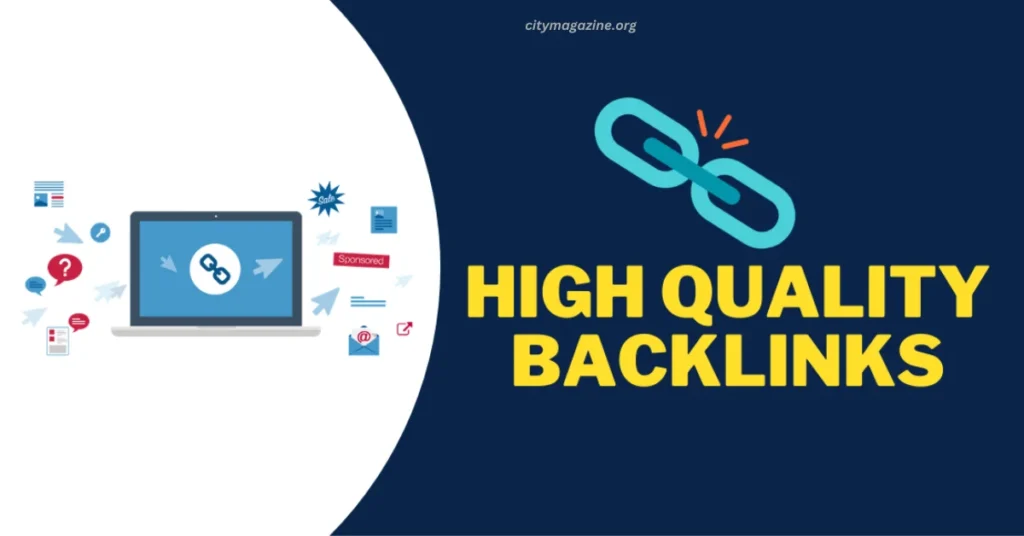SEO Metrics Numbers matter in any digital marketing strategy, especially in search engine optimization (SEO). How else do you know that your methods are working? Or that your business is getting the best returns or hitting its objectives? Sometimes, though, people get obsessed with data. It goes for both enterprises and online marketing experts.
As noted by Digital Authority Partners, metrics do not necessarily define success. Some are probably not essential to your knowledge base or to understanding if your SEO is working – and you can stop tracking them. This article lists SEO metrics that might not be useful for your marketing plan and talks about the data that you should focus on instead.
1. Website Traffic
The first metric on the list is website traffic. You might think that more visitors mean a better ranking and conversions. But it isn’t always the case. In fact, this metric is pretty meaningless until those visitors perform a significant action that can lead to revenues. These include newsletter signups, product purchases, or content downloads. Further, SEO isn’t the only way to draw the audience to your website. You can achieve similar or sometimes better results with:
- Pay-per-click (PPC) advertising
- Social media marketing
- Email marketing
- Content marketing
The number of visitors can also fluctuate day by day. The February Google algorithm update, for example, decreased traffic by a whopping 89%!
What to Focus On Instead
Pay more attention to conversion rates. These tell you the percentage of website visitors completing a desired action.
This metric tells you which pages or traffic sources have the highest chance of yielding returns. It can also be a good metric to measure your website’s overall performance.
Nevertheless, keep in mind that there’s no such thing as an ideal conversion percentage. Your percentage depends on several factors, such as the nature of your business, the products/services you offer, and the target market.
For instance, a 2% conversion rate may be low for an e-commerce website. But if you’re running a B2B that sells high-priced items, a 1% conversion can still result in significant revenues.
2. Keyword Rankings
SEO is still keyword-based, so it makes sense to track how your pages rank for specific queries, right?
While that may have been the case a decade ago, things have changed significantly. Google and other search engines are getting better at understanding user intent.
If someone types “buy shoes,” they’re more likely ready to buy than someone who searches for “shoes.” The latter is probably just looking for information, while the former is more likely to convert.
Other reasons to avoid wasting too much time on keyword rankings include:
- Different search engine results page (SERP) features take up more real estate. In other words, there’s less room for organic results.
- The competition is getting tougher. It’s harder to break through the clutter with more web pages vying for the same keywords.
- Search methods can change. Consumers today use their smartphones to look for information and buy items. About 128 million could have used voice search in 2020.
What to Focus On Instead
Create amazing content consistently. Balance writing for both the audience and the search engines.
Now, what does this mean?
- Do not overstuff your copy with the same keyword. Diversify them. Use related terms and long-tail keywords to cover more ground. But do not sacrifice quality in the process. Write for people first, and search engines will follow.
- Write using topic clusters. These are a group of interconnected blog posts or web pages around a certain theme. It allows you to dominate SERPs for related queries and keywords. Use the main keyword for your cornerstone content, a comprehensive article that covers everything about the topic. Then, create several blog posts that revolve around a certain subtopic. Each piece of content should link to the other and to the cornerstone article.
3. Links
Links remain one of the backbones of off-page SEO, making it a crucial ranking factor. Many people then assume that they should pepper their pages with lots of these. Failing that, they might link to farms (i.e. link to a website or group of websites whose purpose is simply to boost a site) or, worse, buy links from questionable sources.
These are the exact strategies that forced Google to release the Penguin update in 2012. This one looked into—and assessed—the quality of backlinks or those that point back to your website or page.
The bottom line: low-quality backlinks could receive a penalty, such as a drop in rankings.
What to Focus On Instead
Improve the quality of your links, especially backlinks. Build a strong link profile using white hat SEO methods:
- Be a guest blogger. Reach out to authoritative websites or blogs and offer to write a piece for them. Then include a relevant link that points to your pages.
- List your sites in directories. Maximize free business listings, such as in Google My Business.
- Remember E-A-T. The acronym stands for expert, authoritative, and trustworthy. These three words should guide every decision you make about your website or business, including link building.
- Fix link issues. Check your links regularly using tools like Google Search Console or Ahrefs. If you find broken ones, reach out to the webmaster immediately and ask for a replacement. Redirect 404 links.
4. Social Media Shares
Google has yet to confirm that social media shares affect rankings. But many experts believe that they do, even if only in small ways.
Some then turn to share buttons to track this metric. These are icons that you often see on articles or blog posts, such as the “Tweet” or “Like” button.
The problem is that they only show the total number of social media interactions. They do not give an accurate picture of who saw or read your content. Further, while you need engagement to drive more traffic, that traffic is useless unless it converts.
What to Focus On Instead
Understand your sales funnel and buyer’s journey and then design your social media strategies around it. For example, post your content on platforms with a large number of active users to increase brand awareness.
You can also consider pairing SEO techniques with other effective methods:
- Harness social media advertising. Use platforms like Facebook Business to target a specific audience with your content. You can also retarget website visitors who did not convert with display ads.
- Tap influencers. Find social media personalities that have a large following in your niche. They can help promote your content or product to their audience.
- Match your social media to your target audience. B2B companies are more likely to be better off on LinkedIn than on Instagram. Those who sell to Generation Z can add TikTok to their social media plan.
Final Words
The moral of this article is simple: avoid using metrics as vanity numbers. These could give you a false sense of security and could even lead to poor decision-making.
Instead, focus on improving your website’s overall performance and maximizing conversions. Doing so will ensure that your SEO efforts pay off in the long run.
When you don’t know which numbers to trust, talk to digital marketing experts. They can give you an honest assessment of your SEO health.



